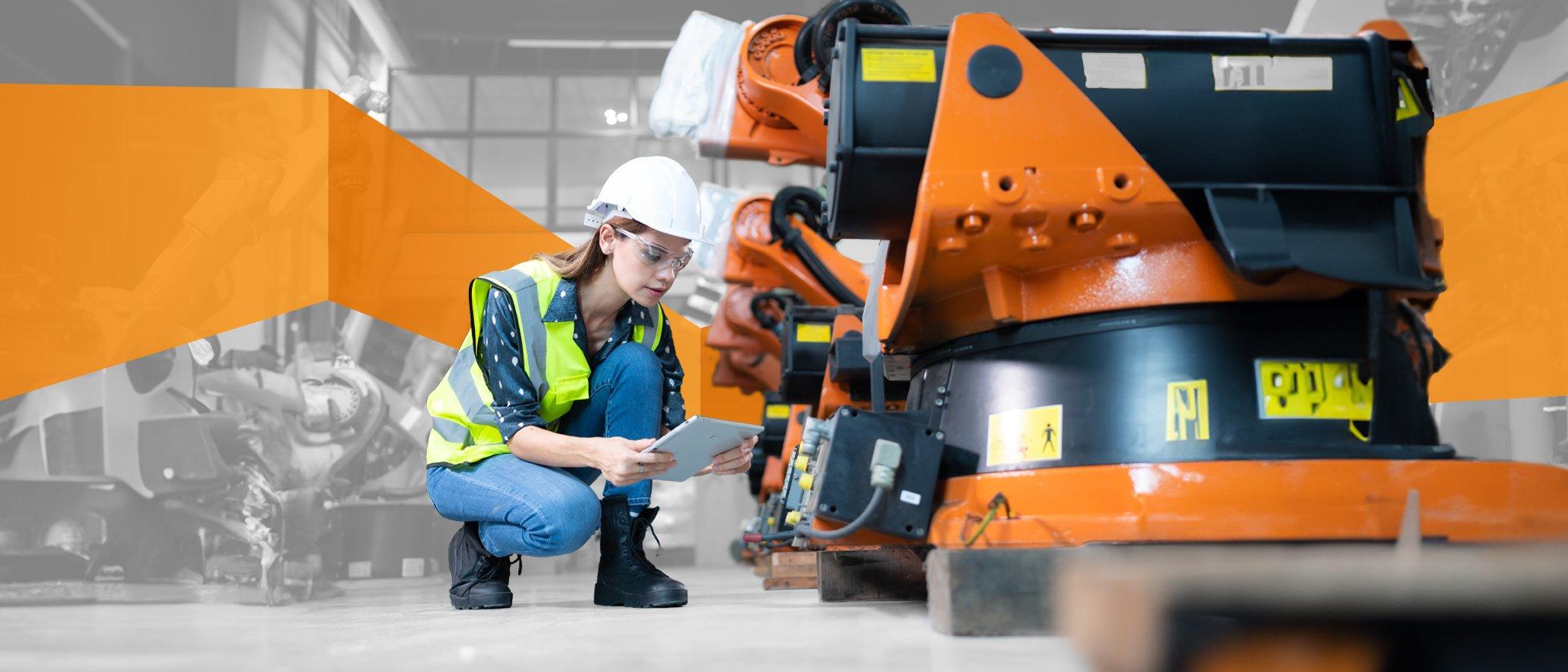Top Trends in Advanced Manufacturing: What to Expect in the Next Decade

The landscape of advanced manufacturing is rapidly evolving, driven by technological innovations and changing market demands. Manufacturers are embracing new processes that enhance efficiency while reducing costs. As we look toward the next decade, it's clear that this industry will undergo transformative changes that not only optimize production but also redefine how businesses operate.
From automation to smart factories, the trends shaping advanced manufacturing today promise to create a more agile and responsive environment. Understanding these shifts can help businesses stay competitive and adapt to the future's challenges. What should manufacturers expect as they move forward? Let’s dive into the key trends you need to watch in advanced manufacturing over the coming years.
Current State of the Industry
The current state of advanced manufacturing reveals a complex landscape. Industries are leveraging cutting-edge technologies to streamline processes and enhance productivity. Digital transformation is no longer optional; it's essential for survival.
Supply chain disruptions experienced in recent years have prompted manufacturers to rethink their strategies. There's a growing emphasis on local sourcing and resilience, reducing dependence on global supply chains.
Sustainability also plays a crucial role today. Manufacturers are increasingly adopting eco-friendly practices, driven by consumer demand and regulatory pressures. This shift not only helps the planet but can also lead to cost savings over time.
Workforce challenges persist as well, with companies facing skill gaps amid rapid technological advancements. Investing in training programs has become vital for attracting and retaining talent within the industry.
As we navigate these complexities, it’s clear that adaptability will define success moving forward in advanced manufacturing.
Trends in Automation and Robotics
Automation and robotics are reshaping the landscape of advanced manufacturing. As industries seek efficiency, robots are stepping into roles that were once labor-intensive. This shift allows manufacturers to streamline processes and reduce human error.
Artificial intelligence is becoming a crucial part of this trend. Smart algorithms enable machines to learn from their environment, adapting in real time to optimize production cycles. This adaptability enhances not just speed but also precision across various tasks.
Collaborative robots, or cobots, are gaining traction as well. Designed to work alongside humans, they create a synergy that maximizes productivity while ensuring safety on the shop floor. With user-friendly interfaces, even non-experts can program them quickly.
Data-driven insights play a pivotal role in automation trends. Manufacturers harness vast amounts of data to predict maintenance needs and improve operational efficiency continuously. This proactive approach positions companies for sustainable growth in an increasingly competitive market.
Growth of Smart Factories
The growth of smart factories is set to transform the landscape of advanced manufacturing significantly. These facilities leverage cutting-edge technologies like the Internet of Things (IoT), artificial intelligence, and big data analytics. By integrating these tools, manufacturers can optimize operations, reduce waste, and improve product quality.
Smart factories operate with a high degree of connectivity. Machines communicate in real time, enabling swift adjustments based on production demands or equipment performance. This level of responsiveness enhances efficiency and minimizes downtime—a critical factor for competitiveness in today’s fast-paced market.
Another vital aspect is predictive maintenance. Smart systems collect data from machinery to anticipate failures before they occur. This proactive approach reduces costly repairs and extends equipment lifespan. As manufacturers embrace this technology, they're likely to see substantial returns on investment.
Additionally, smart factories support customization at scale. With advanced manufacturing techniques such as 3D printing integrated into operations, businesses can produce tailored products more efficiently than ever before.
As we look ahead to the next decade, it’s clear that embracing smart factory principles will be essential for companies aiming to thrive in advanced manufacturing sectors. The shift toward these innovative environments promises a future where adaptability and technological synergy drive success across industries.
For more info. Visit us:
- Questions and Answers
- Opinion
- Motivational and Inspiring Story
- Technology
- Live and Let live
- Focus
- Geopolitics
- Military-Arms/Equipment
- Beveiliging
- Economy
- Beasts of Nations
- Machine Tools-The “Mother Industry”
- Art
- Causes
- Crafts
- Dance
- Drinks
- Film/Movie
- Fitness
- Food
- Spellen
- Gardening
- Health
- Home
- Literature
- Music
- Networking
- Other
- Party
- Religion
- Shopping
- Sports
- Theater
- Health and Wellness
- News
- Culture

